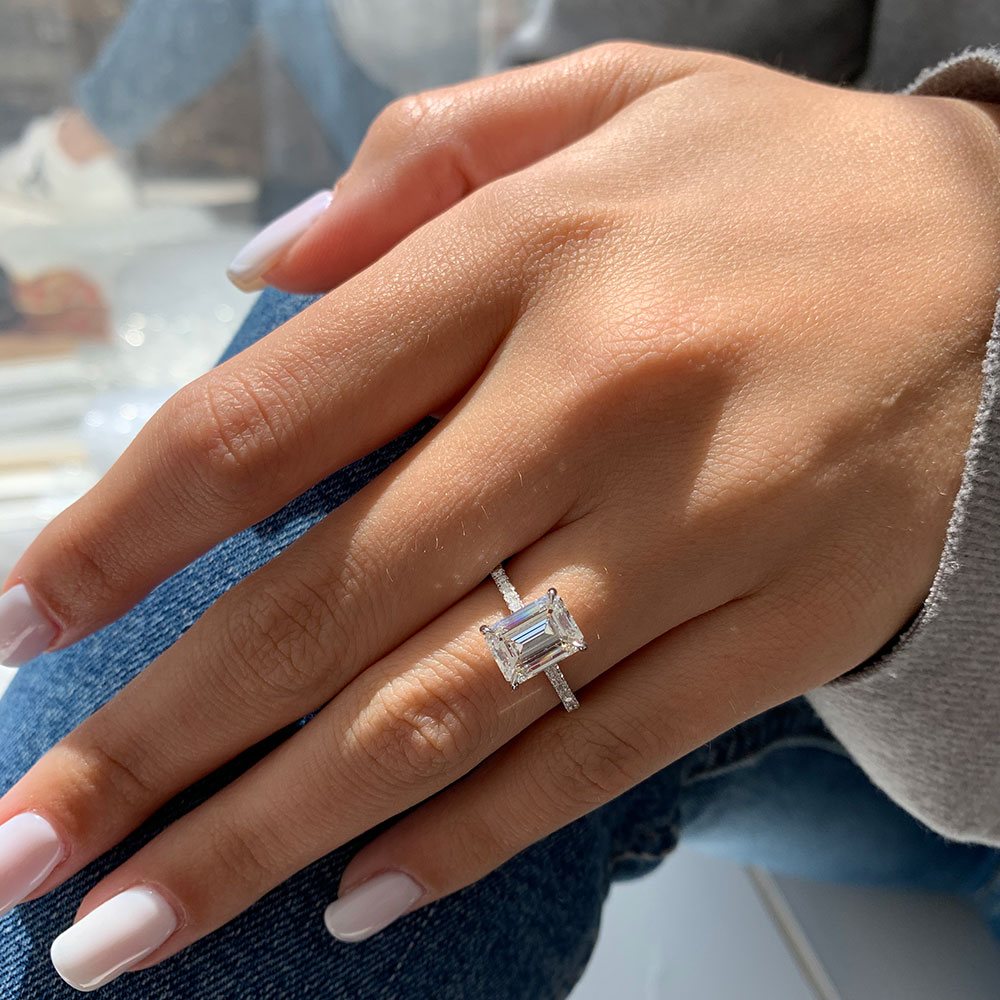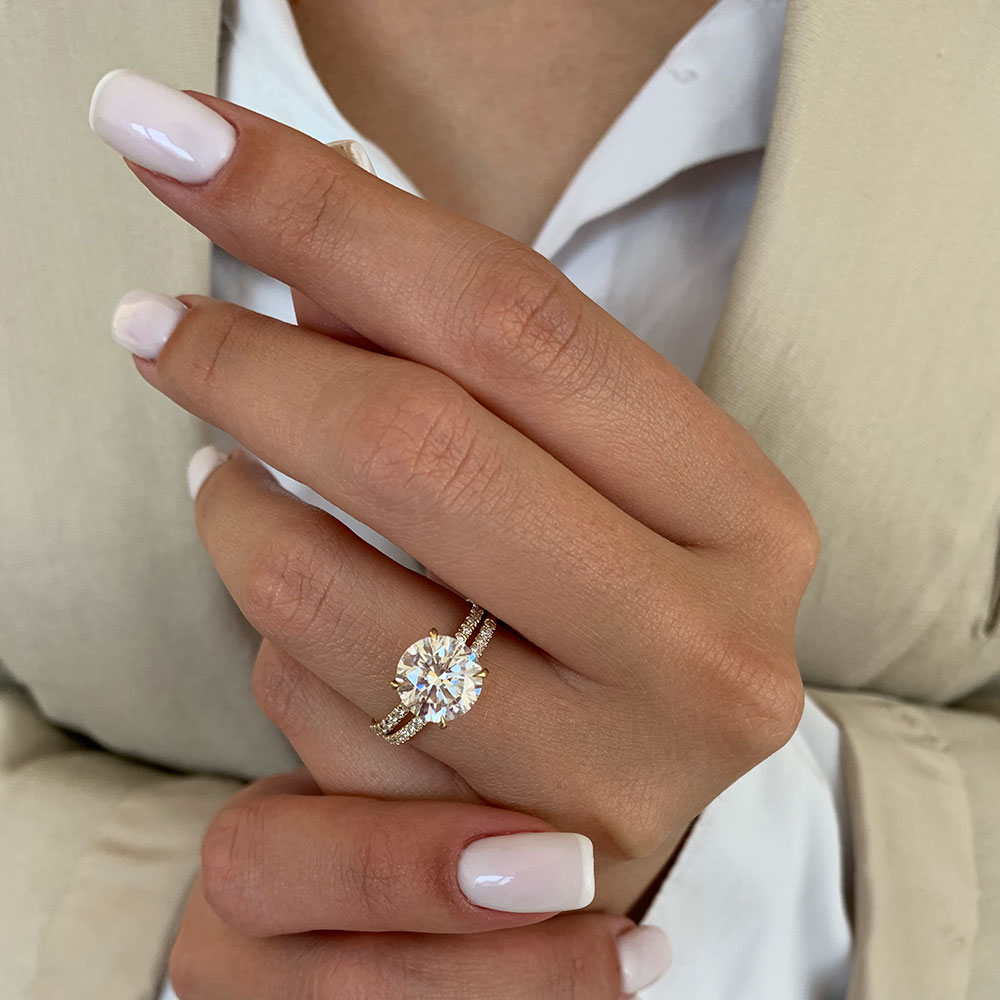No products in the cart.
- Account
-
Free Insured Shipping
30 days Free Returns & Exchange
Design by style
Free Insured Shipping
30 days Free Returns & Exchange

The way diamonds are graded can be very confusing to someone that isn’t an expert in diamonds. There are so many terms, and abbreviations that you may not understand as you begin to search for a diamond ring. (see our diamond color guide ) We have written this guide to assist you in understanding what the clarity of a diamond means and what to look for. So what is diamond clarity and which one is a good choice?
Clarity grades are determined by the amount of inclusions in the stone. While diamonds are naturally created within Earth, they gather tiny elements of carbon or boron and which results in inclusions. They look like small lines, marks, or even colored specks which have a direct impact on the clarity of the diamond. The more visible the inclusions are, the more it affects the clarity grade and the value of the diamond.
What does it all mean?
Here’s a breakdown of all the abbreviations diamond sellers use to describe the clarity of the diamond. There are other grades below these clarity grades but these are the ones most commonly used:
How to know which clarity to choose?
You have to take into consideration your budget, size of diamond and cut of diamond. Not everyone can afford a flawless clarity diamond and it is not necessary for everyone to purchase the most flawless diamond. When you choose a diamond on the smaller side, you can also get away with a lower clarity rating because inclusions are less noticeable on smaller diamonds. If you are going with a larger diamond the inclusions may be more noticeable. The cut of the diamond also plays a part in what clarity you should choose. If you choose a diamond with more facets like a round brilliant or oval, inclusions tend to be way less noticeable because of how they are cut. If you choose a step cut diamond like an emerald or an asscher cut diamond, inclusions will be more noticeable because there are less facets on the diamond. In this case you’ll want to go with a better clarity. Got any more questions about diamond clarity? Our diamond experts are always happy to answer any questions. Send us an email at sales@naturesparkle.com and we’ll help you out.


Free Shipping
We offer free shipping for both domestic and international orders.
Secure Payment Methods
Via Visa, American Express, MasterCard, Stripe.
Returns
You have 30 days for exchanges & returns. This does not apply to custom orders (unless stated otherwise).
